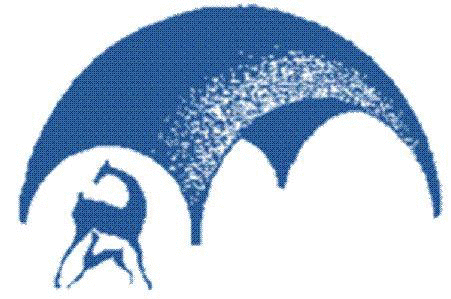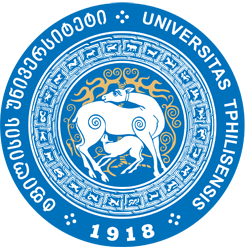The Third International Conference
"MODERN PROBLEMS IN APPLIED MATHEMATICS"
Dedicated to the Centenary of I.Javakhishvili Tbilisi State University (TSU)
& 50th Anniversary of I.Vekua Institute of Applied Mathematics (VIAM)
Opening Lecture
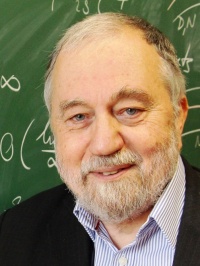
Pavel Exner, Chezh Technical University, EMS.
Quantum Hamiltonians Exhibiting a Spectral Transition
Abstract: The aim of this talk
is to discuss several classes of Schrődinger
operators with potentials that are below unbounded but their negative part is
localized in narrow channels. A prototype of such a behavior can be found in
Smilansky-Solomyak model devised to illustrate that an an irreversible behavior
is possible even if the heat bath to which the systems is coupled has a finite
number of degrees of freedom. We review its properties and analyze several
modifications of this model, with regular potentials or a magnetic field, as
well as another system in which x^py^p potential is amended by
a negative radially symmetric term. All of them have the common property that
they exhibit an abrupt parameter-dependent spectral transition: if the coupling
constant exceeds a critical value the spectrum changes from a below bounded,
partly or fully discrete, to the continuous one covering the whole real axis. We
also discuss resonance effects in such models.
The results come from a common
work with Diana Barseghyan, Andrii Khrabustovskyi, Jiří Lipovský,
Vladimir Lotoreichik, and Miloš
Tater.
Closing Lecture
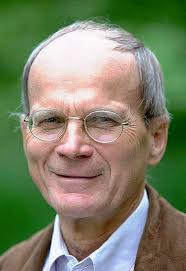
Dietmar Kroener, Freiburg Albert-Ludwig University.
Numerical Treatment of Interfaces
Abstract: In this contribution we will consider moving interfaces and partial differential equations on moving interfaces in different contexts. First we will present the existence, uniqueness and numerical experiments for solutions of nonlinear conservation laws on moving surfaces. In addition to the “hydrodynamical” shocks, geometrically induced shocks will
appear. In the second part we study the compressible two phase flow with phase transition
on the basis of the Navier-Stokes-Korteweg- and a phasefield model. It turns out that it
is extremely important for the numerical schemes of both models that they satisfy a discrete energy inequality to satisfy the second law of thermodynamics. Different numerical
experiments will be presented. In the third part we will report on recent research on our
experience of the application of the volume of fluid method (VOF) for the resolution of
interfaces. The main advantage compared to level set methods is , that the VOF method
is mass conserving. We will show different numerical experiments for the movement of
droplets on solid walls.
These results have been obtained together with S. Burbulla, D. Diehl, J. Gerstenberger,
M. Kränkel, T. Malkmus, T. Müller, M. Nolte, C. Rohde.
Invited Speakers
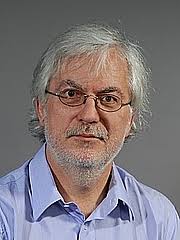
Holm Altenbach, Otto-von-Guericke-Universitat Magdeburg.
Modeling of Plastics and Composite Materials
Abstract: There are several approaches to model the material behavior under mechanical loading:
- the deductive approach based on Continuum Mechanics and Material Theory,
- the inductive approach based on some experimental observations and a step-by-step
generalization, and
- the method of rheological modeling
After some general statements with the help of the inductive approach combined with
rheological modeling the mechanical behavior of plastics and composite materials will be
presented.
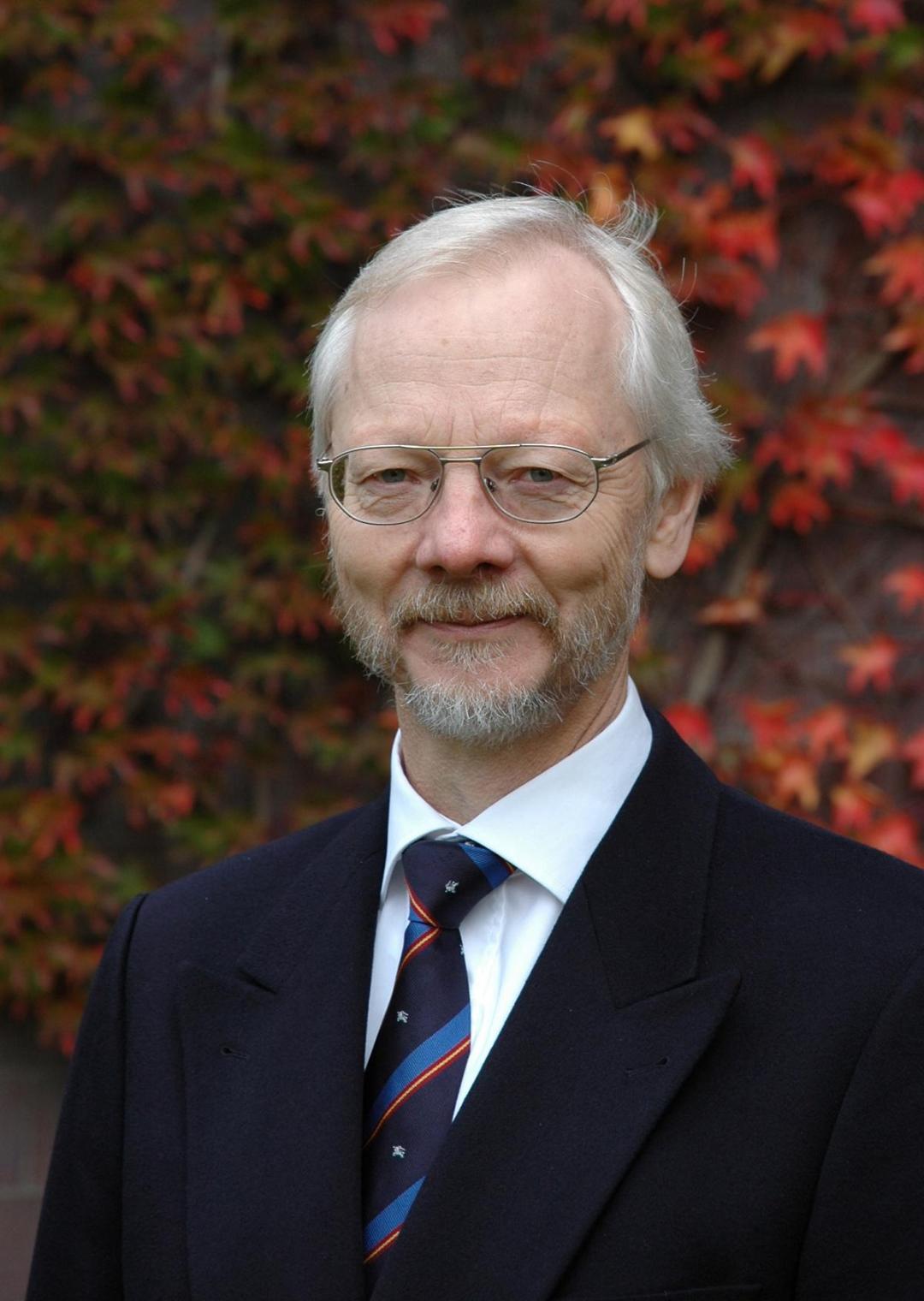
Reinhold Kienzler, University of Bremen.
A Beam - Just a Beam in Plane Bending
Abstract: We derive one-dimensional beam theories from the
three-dimensional theory of linear elasticity by a power-law expansion of the
displacements in height and width direction. The strain energy and the potential
of external forces are calculated and integrated over the cross-sectional area.
Both appear as power laws of the small beam parameters
c^2=h^2/(12\ell^2) and d^2=b^2/(12\ell^2),
where \ell is the characteristic dimension in length
direction of the beam and h and b
are height and width of the rectangular cross-section, respectively.
Hierarchical beam theories arise from the consistent truncation of the elastic
energy after a specific power 2N=2n+2m of the fast
decaying factors c^{2n}d^{2m}. It turns out that the
first-order (N=1) approximation delivers the classical
Euler-Bernoulli beam theory whereas the second-order approximation
(N=2) leads to a Timoshenko-type theory. A special feature of the
derivation is that no a priori assumptions are invoked.
These results have been obtained together with P.Schneider.
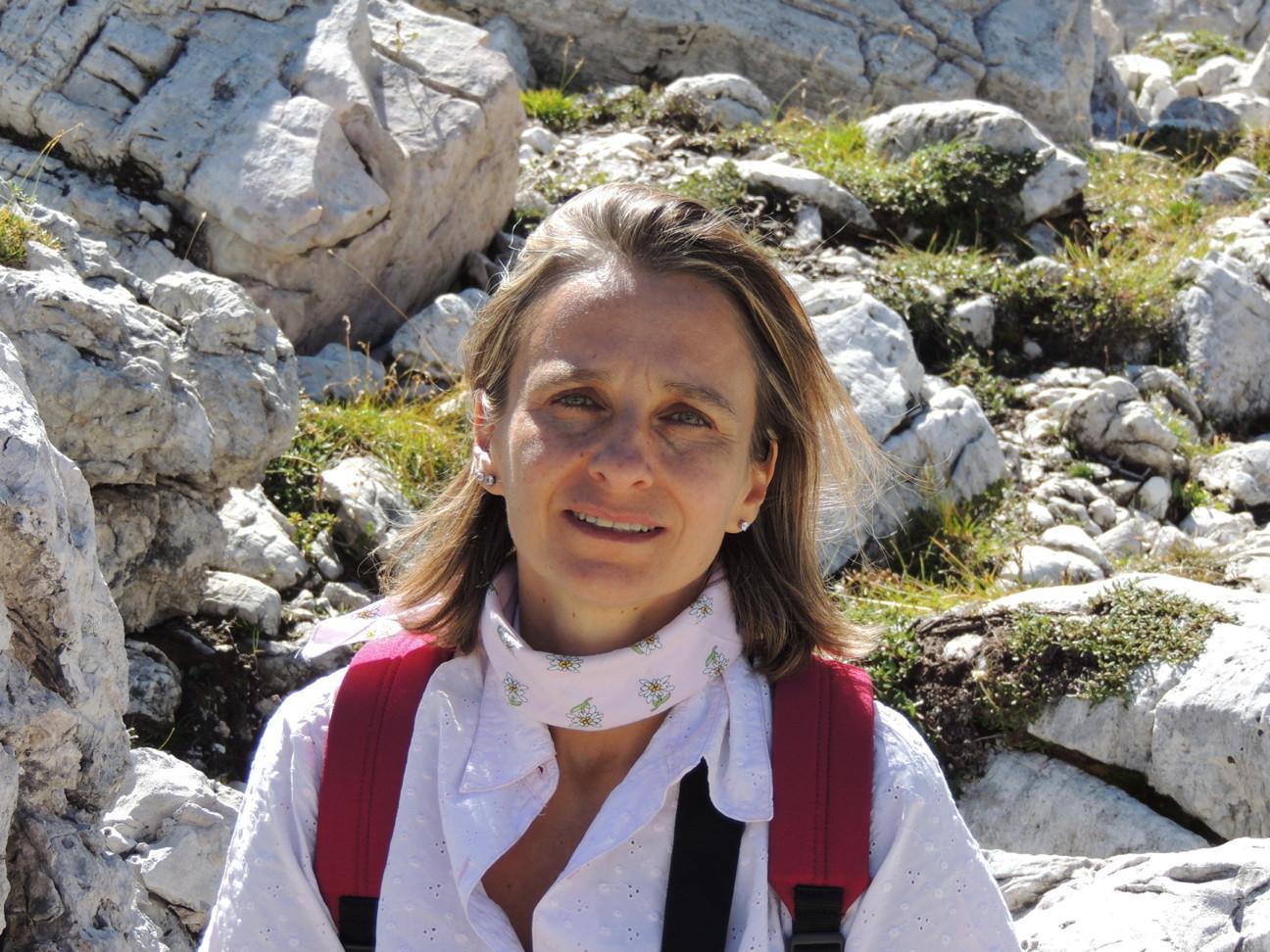
Flavia Lanzara, Rome University La Sapienza.
Recent Developments in the Computation of High-Dimensional Volume Potentials Based on Approximate Approximations
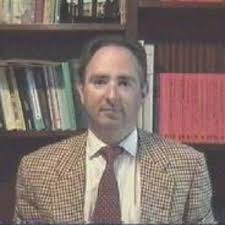
Alberto Cialdea, University Basilicata.
The L^p-Dissipativity of First Order Partial Differential Operators
Abstract: In 2005 we proved, together with Vladimir Mazya, that the algebraic condition
|p-2|\, |\langle ImA \xi,\xi\rangle| \leq 2 \sqrt{p-1}\, \langle ReA\xi,\xi\rangle (for any \xi\in{\mathbb{R}}^{n}) is necessary and sufficient for the L^p-dissipativity of the Dirichlet problem for the differential operator \nabla^{t}(A\nabla), where A is a matrix whose entries are complex measures and whose imaginary part is symmetric. This condition characterizes the L^p-dissipativity individually, for each p, while usually the results in the literature concern the L^p-dissipativity for all p's simultaneously.
Later on we have determined necessary and sufficient conditions for the L^p-dissipativity of other partial differential operators of the second order, including
some systems.
The aim of the present talk is to present recent results in this direction concerning
first order partial differential operators. Also these results have been obtained together with
Vladimir Mazya.
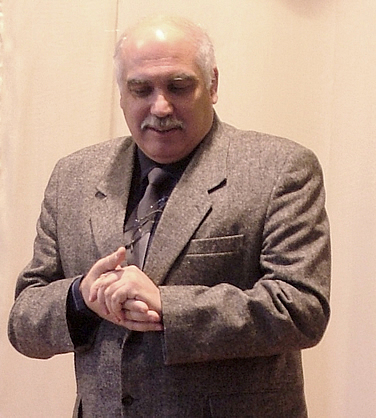
Lucian Beznea, Simion Stoilow Institute of Mathematics of the Romanian Academy.
Stochastic Equation of Fragmentation and Branching Processes Related to Avalanches
Abstract: We develop a method for the construction of continuous time fragmentation-branching processes on the space of all fragmentation sizes, induced either by continuous fragmen-
tation kernels or by discontinuous ones. This construction leads to a stochastic model for
the fragmentation phase of an avalanche. We introduce an approximation scheme for the
process which solves the corresponding stochastic differential equations of fragmentation.
Finally, we present numerical results that confirm the validity of a fractal property which
is emphasized by our model for an avalanche.
The talk is based on joint works with Madalina Deaconu and Oana Lupaşcu.
